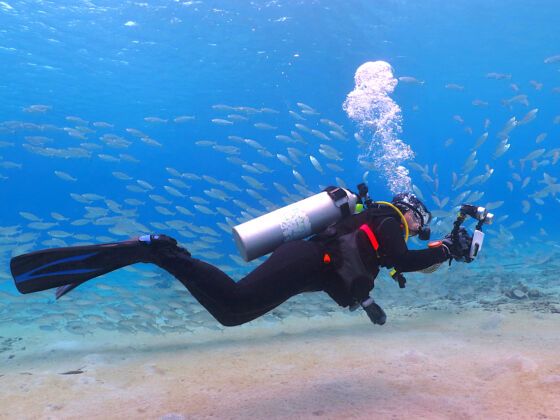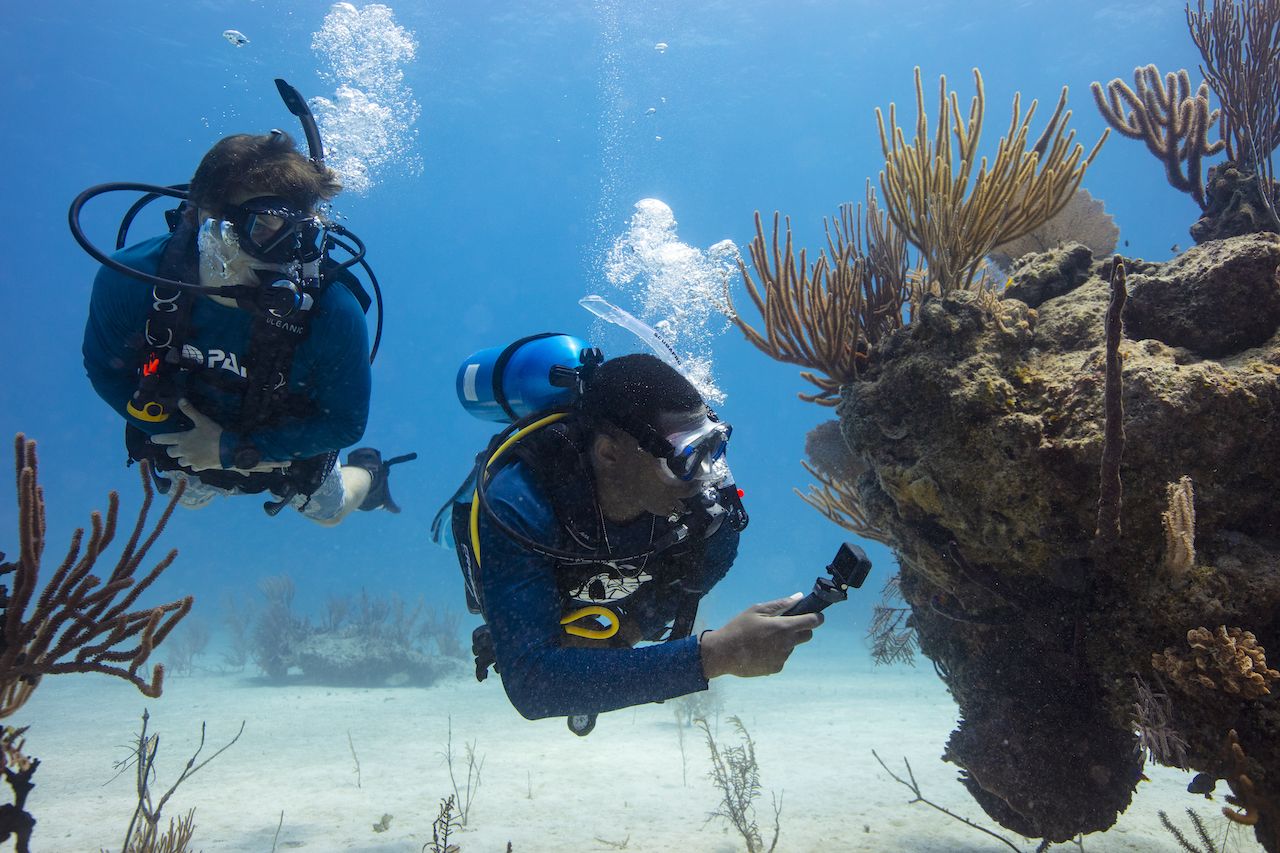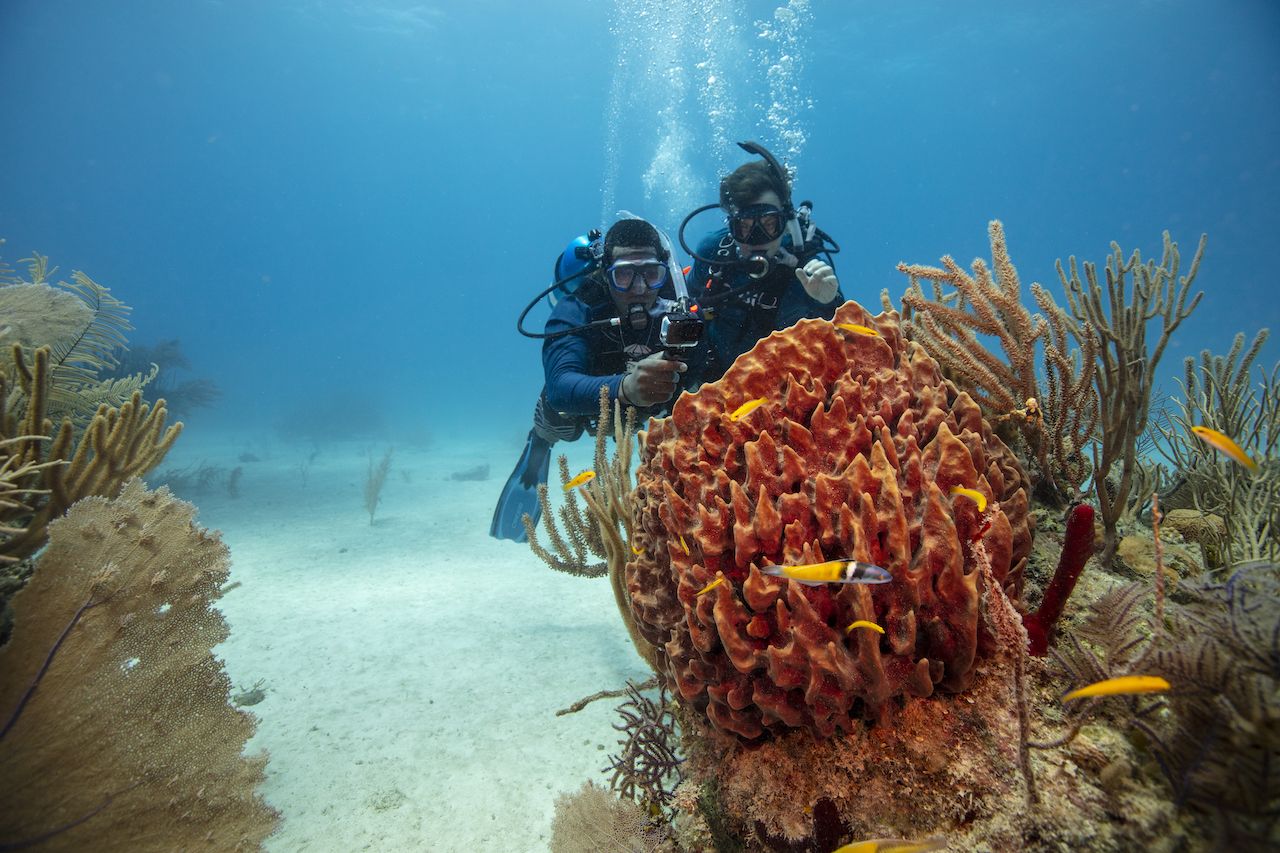An underwater photograph is the perfect memento from any trip where water is the main attraction. Yet the barrier to entry for underwater photography is much higher than it is for snapping a picture on dry land. That’s one reason why the most stunning underwater photographs can be so eye-catching.
For help on getting the perfect submerged shot, I turned to professional photographers and the global Professional Association of Diving Instructors (PADI), which also has an underwater photographer course for $125.
Grab your water-ready camera (whether that be the a GoPro that can handle up to 33 feet of submersion, a waterproof point-and-shoot, or specialty equipment) and follow these tips to get started on nailing the perfect underwater shot on your next vacation.


